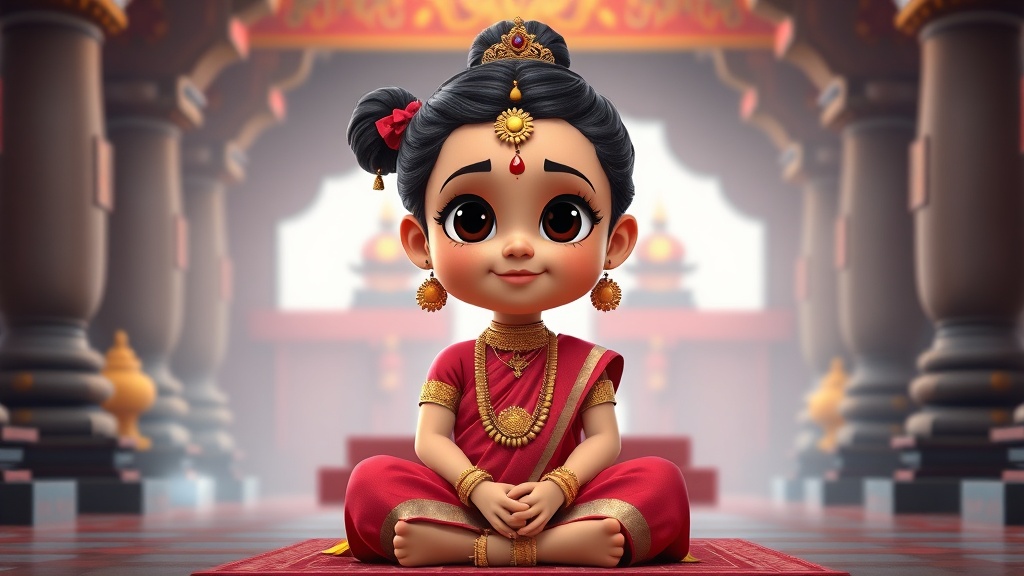Home / Lifestyle / Nepal's Living Goddess: A Centuries-Old Tradition Endures
Nepal's Living Goddess: A Centuries-Old Tradition Endures
1 Nov
Summary
- 2-year-old Aryatara Shakya becomes Nepal's new Royal Kumari in 2025
- Kumari is believed to be the earthly manifestation of Goddess Taleju
- Kumari's divine reign ends when she experiences her first menstruation

On November 1st, 2025, Nepal welcomed a new Royal Kumari, 2-year-old Aryatara Shakya, who replaced Trishna Shakya as the living goddess. The Kumari is believed to be the earthly manifestation of Goddess Taleju, a form of the powerful Hindu goddess Durga, and is worshipped by both Hindus and Buddhists in Nepal.
The Kumari tradition dates back to the 17th century, when King Jaya Prakash Malla is said to have secretly played dice with Goddess Taleju. After the queen unintentionally noticed them, the goddess disappeared in rage but promised to return in the form of a young Newar girl, a tradition that Nepal has upheld ever since.
Becoming the Kumari is a rigorous process, as the child must belong to the Shakya or Bajracharya family, possess 32 divine perfections, and show no fear during symbolic trials. Once chosen, the Kumari lives in near-seclusion inside the ornate Kumari Ghar, participating in ceremonial rites and giving blessings to visitors.
The Kumari's divine reign ends when she experiences her first menstruation or sheds blood from an injury, at which point she returns to her family and lives an ordinary life. Despite this, many former Kumaris have gone on to lead successful, independent lives, with Nepal introducing reforms to ensure their education and well-being.



